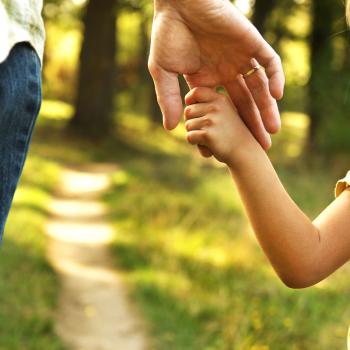The question is no longer just about the morality of porn. The science shows it is a public health crisis.
From the Chicago Tribune
The thing is, no matter what you think of pornography (whether it’s harmful or harmless fantasy) the science is there. After 40 years of peer-reviewed research, scholars can say with confidence that porn is an industrial product that shapes how we think about gender, sexuality, relationships, intimacy, sexual violence and gender equality – for the worse. By taking a health-focused view of porn and recognizing its radiating impact not only on consumers but also on society at large, Utah’s resolution simply reflects the latest research.
The statistics on today’s porn use are staggering. A Huffington Post headline announced in 2013 that “Porn Sites Get More Visitors Each Month Than Netflix, Amazon and Twitter Combined,” and one of the largest free porn sites in the world, YouPorn, streamed six times the bandwidth of Hulu in 2013. Pornhub, another major free porn site, boasted that in 2015 it received 21.2 billion visits and “streamed 75GB of data a second, which translates to enough porn to fill the storage in around 175 million 16GB iPhones.”
Extensive scientific research reveals that exposure to and consumption of porn threaten the social, emotional and physical health of individuals, families and communities, and highlights the degree to which porn is a public health crisis rather than a private matter. But just as the tobacco industry argued for decades that there was no proof of a connection between smoking and lung cancer, so, too, has the porn industry, with the help of a well-oiled public relations machine, denied the existence of empirical research on the impact of its products.
Using a wide range of methodologies, researchers from a number of disciplines have shown that viewing pornography is associated with damaging outcomes. In a study of U.S. college men, researchers found that 83 percent reported seeing mainstream pornography, and that those who did were more likely to say they would commit rape or sexual assault (if they knew they wouldn’t be caught) than men who hadn’t seen porn in the past 12 months. The same study found that porn consumers were less likely to intervene if they observed a sexual assault taking place. In a study of young teens throughout the southeastern United States, 66 percent of boys reported porn consumption in the past year; this early porn exposure was correlated with perpetration of sexual harassment two years later. A recent meta-analysis of 22 studies between 1978 and 2014 from seven different countries concluded that pornography consumption is associated with an increased likelihood of committing acts of verbal or physical sexual aggression, regardless of age. A 2010 meta-analysis of several studies found “an overall significant positive association between pornography use and attitudes supporting violence against women.”
A 2012 study of college-age women with male partners who used porn concluded that the young women suffered diminished self-esteem, relationship quality and sexual satisfaction correlated with their partners’ porn use. Meanwhile, a 2004 study found that exposure to filmed sexual content profoundly hastens adolescents’ initiation of sexual behavior: “The size of the adjusted intercourse effect was such that youths in the 90th percentile of TV sex viewing had a predicted probability of intercourse initiation [in the subsequent year] that was approximately double that of youths in the 10th percentile,” the study’s authors wrote. All of these studies were published in peer-reviewed journals.
Because so much porn is free and unfiltered on most digital devices, the average age of first viewing porn is estimated by some researchers to be 11. In the absence of a comprehensive sex-education curriculum in many schools, pornography has become de facto sex education for youth. And what are these children looking at? If you have in your mind’s eye a Playboy centerfold with a naked woman smiling in a cornfield, then think again. While “classy” lad mags like Playboy are dispensing with the soft-core nudes of yesteryear, free and widely available pornography is often violent, degrading and extreme.
In a content analysis of best-selling and most-rented porn films, researchers found that 88 percent of analyzed scenes contained physical aggression, generally spanking, gagging, choking or slapping. Verbal aggression occurred in 49 percent of the scenes, most often in the form of calling a woman “bitch” and “slut.” Men perpetrated 70 percent of the aggressive acts, while women were the targets 94 percent of the time. It is difficult to account for all of the “gonzo” and amateur porn available online, but there is reason to believe that the rented and purchased porn in the analysis largely reflects the content of free porn sites. As researcher Shira Tarrant points out, “The tube sites are aggregators of a bunch of different links and clips, and they are very often pirated or stolen.” So porn that was produced for sale is proffered for free. READ MORE

















